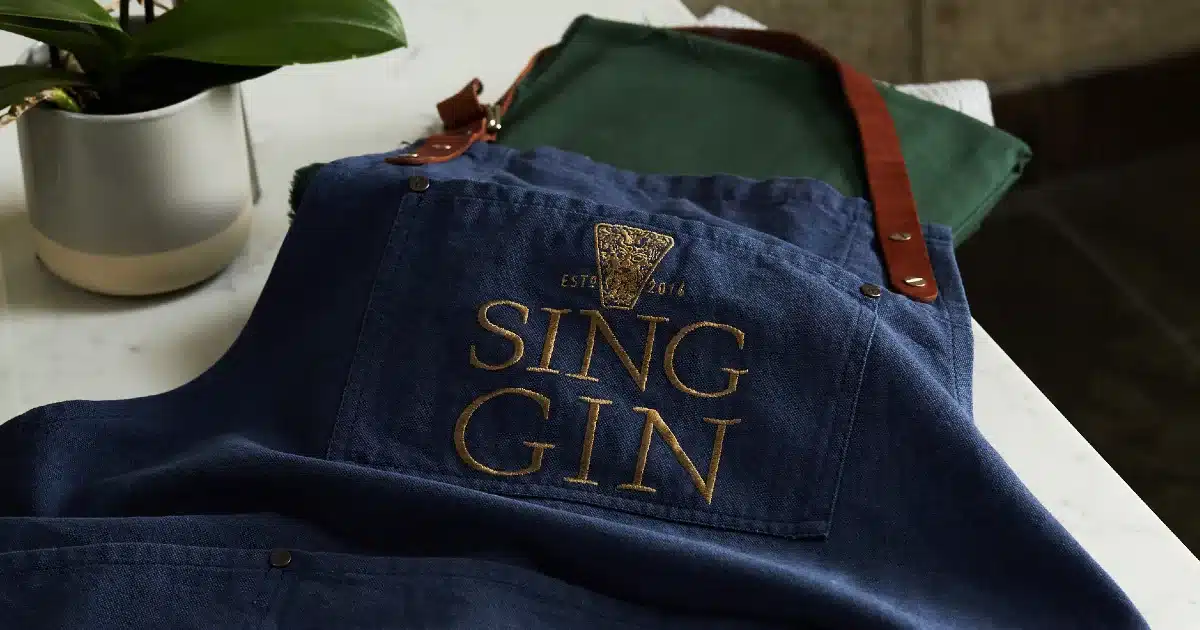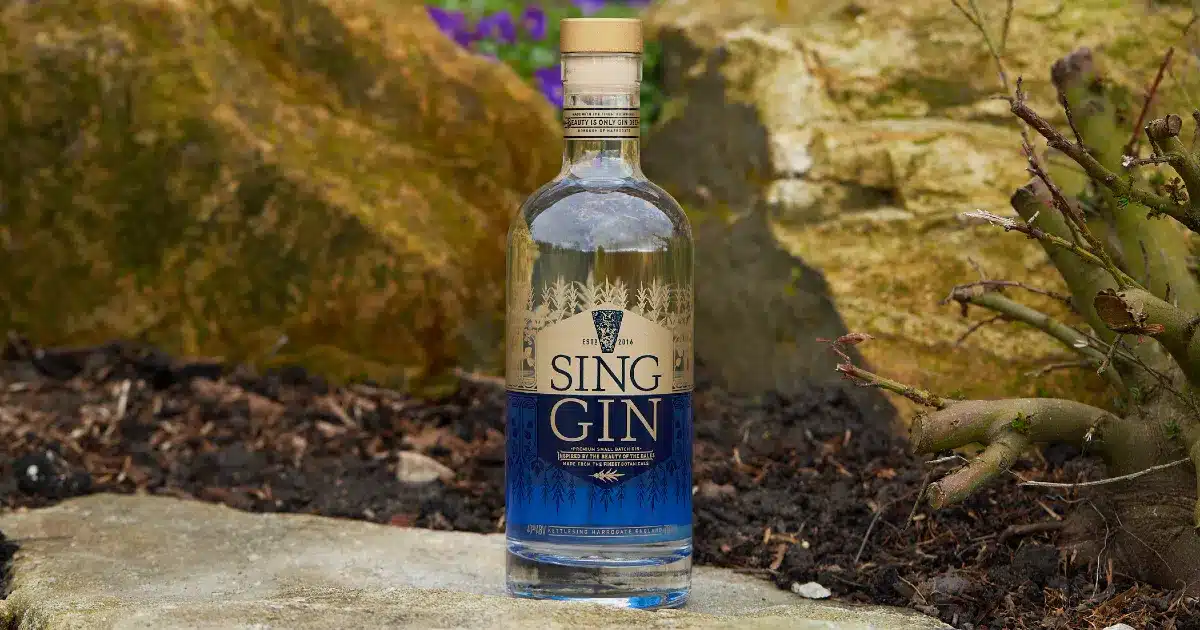VIEW OUR RANGE OF GIN HAMPERS TODAY

Gin is probably one of the most resilient spirits in the world, much like those who drink it. Juniper juice, mother’s ruin, the ‘G’ in G&T – however you refer to it, gin is ubiquitous in England today. Gin has now overtaken vodka in popularity and we like to think of the current gin boom as it’s renaissance (or ‘ginaissance’, if you will) in modern times, the second Golden Age.
But how did gin become our drink of choice? Why is gin so popular in England in particular?
To answer these questions, we have to go back in time.

If you look back in history, you’ll see that gin is integral in the history of medicine, alchemy, politics, the birth of national identity and the working class, imperialism, the spice trade, war, disease, and Prohibition in England. Gin is quite simply woven into the fabric of the country.
Gin’s birth story is the subject of much debate, but it’s generally accepted that the first mention of a juniper-flavoured spirit in England was in Sir Hugh Plat’s Delightes for Ladies. By 1621, there were 200 registered distillers in London.
The Dutch influx into England is integral to the story of gin’s creation. The Dutch imported genever, both legally and by smuggling, and British distillers began to use this spirit as a measure by which to compare their gins. Britain had a Dutch King William III, in 1688. While the gentry were already avid gin drinkers, his accession prompted more English people to start drinking gin as an act of patriotism.
In 1690, Parliament passed an act that lowered the duties on spirits made from English corn and banned French brandy, because farmers were producing a surplus of corn. The combination of cheap corn and deregulation meant anyone could now distill gin so prices (and quality) plummeted. By 1720, the Gin Craze had swept England.
Eighteenth century London was chaos and those who suffered turned to gin, giving it the nickname ‘Mother’s ruin‘. Gin was cheap, strong, and easily available. By 1730 gin consumption had reached 13,638,276 litres. Drinking gin had now become an act of civil disobedience, but this didn’t last. Various acts were passed and the price of grain soared.
By the start of the 19th Century only the middle class could afford spirits like genever. In an effort to boost sales of domestic spirits, legislators made gin cheaper than beer. In the space of a year, consumption soared from 3.7 to 7.4 million gallons as alluring ‘gin palaces’ opened around London. The government backtracked, put the prices back up and by the end of the 1830s, gin palaces were empty.
Fast-forward to 2008 and there were just twelve gin distilleries in Britain. So how did gin get popular again?
People in the US began to be charmed by the stories of small breweries and the people behind them, and this gave rise to a craft beer movement that reached the UK around 2005. A new interest in the locality of products and family businesses spilled over into the world of spirits, and soon craft distillers were popping up across the country.
Better quality tonics have played an important role in making gin popular again. With brands like Fever-Tree Mixers creating delicious accompaniments for gin, the spirit has become more accessible for those who don’t like the taste of traditional tonic water.
Who doesn’t love a gin hamper? The perfect gifts for drinkers of gin, our hampers rise to any occasion – from birthdays to anniversaries, congratulations to new homes, Christmas or just to say thank you. Discover our range of luxury gin hampers here.
Gin fans have a vast array of flavours to choose from and there are now a number of types of gin on the market. Gin makers use different botanicals to impact the final product’s flavour and texture, and the way gin is made also changes the spirit. For example, Sing Gin is made from grape rather than grain because it creates a silkier spirit.
Read more about our beautiful gin
Once reserved for the upper classes, cocktails have enjoyed a renaissance similar to gin’s in recent years. This bodes well for gin, which is a hugely adaptable spirit and works very well in cocktails. In fact, we have lots of delicious gin cocktail recipes if you’re interested in trying something new!
Despite its tantalising taste, gin is low in calories – especially when compared to other alcoholic drinks. Did you know that on average, a shot of gin has just 72 calories?
We have a whole article dedicated to gin in the movies, and now many famous role models and icons name gin as their favourite tipple. Gin’s popularity in England may also have something to do with Her Majesty the Queen Elizabeth II, who enjoys a gin and tonic or two!
These days, there’s a certain theatrical element to serving gin. Spain’s long-stemmed, goldfish bowl style glasses have migrated to bars in England but it doesn’t stop there. Now, glassware and the garnish used in gin is an important part of the gin and tonic experience. Do you know how to pour the perfect gin and tonic?
Across the country, sophisticated drinkers splash it over ice and a slice (or one of the many other fun gin garnishes out there) for a gin and tonic at home, bartenders pour out perfect measures in local pubs and mixologists in the trendy upscale bars of London, Leeds and beyond assiduously combine the botanical spirit into cocktails.
Gin’s popularity in England shows no signs of waning. The number of distilleries in England has almost tripled since 2016, which was the year that the modern gin boom helped the number of English distilleries overtake Scotland for the first time. A record number of distilleries were registered in the UK in 2020 – growing by over 100 in 12 months – for the first time.
Where the gin craze will take us next remains to be seen, but as a small family gin brand, we’re enjoying the ride!
You can find us on Facebook, Twitter, Instagram and Pinterest.
Sign up to our newsletter for exclusive discounts and updates from the Sing Gin distillery!